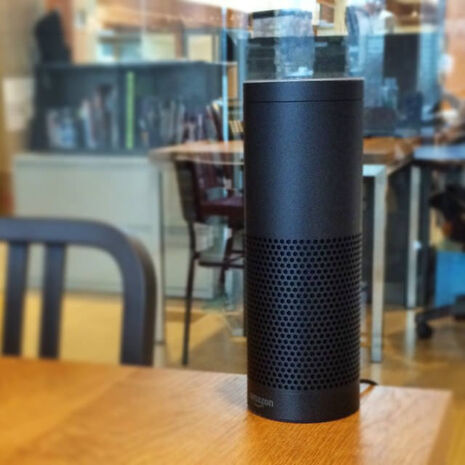A doll’s house and four pounds of cookies: time for some context
The next big challenge for AI is to build in context

A doll’s house and four pounds of cookies. This is what a six-year-old girl in Texas ordered through her family’s Amazon Echo system in the absence of her parents. More amusing is the fact that when reporting the news, San Diego’s CW6 News anchor Jim Patton repeated the exact sentence used to place the order – “I love the little girl, saying ‘Alexa order me a doll’s house’” when then triggered the purchase of a doll’s house for every Echo owner that happened to be tuning in.
What this little story shows us, though, is that artificial intelligence has limited potential if we don’t build in some sense of context. Humans are great at understanding context - computers less so. This is because the human brain has been trained by millennia of evolution to recognise environmental cues and adapt its behaviour accordingly. For example, an unexpected sound at night can almost instantaneously be rationalised and associated with a faulty heater or otherwise.
Machine learning tries to mimic the human brain through neural network-like algorithms, but it’s still far away from the speed and accuracy at which humans process environmental changes. The demand for contextual computing, however, is increasing now that artificial intelligence-driven appliances are entering our homes. In fact, it is not only a security problem, but also a customisation and personalisation challenge. We don’t solely want gadgets that make our lives easier, we want them to understand us: nobody wants to end up like the South Korean housewife who had her hair eaten by her automatic vacuum cleaner while she was having a nap on the floor. Instead, we would like our kettle to make us a cup of tea if we are feeling low.
“Artificial intelligence has a limited potential if we don’t build in some sense of context.”
How do we implement this context into artificial intelligence systems? It’s been suggested by many that the key is the advance of sensing technologies, especially wearable ones. We live almost constantly in close proximity to our smartphones. In the future, these could be real ‘data hubs’, able to understand our behaviour and offer support and services in real time. Oh, and you might make some great savings on doll’s houses as well
 News / Newnham postgrads referred to homeless charities as College runs out of rooms31 July 2025
News / Newnham postgrads referred to homeless charities as College runs out of rooms31 July 2025 Arts / William Morris’ little-known labours in Cambridge25 July 2025
Arts / William Morris’ little-known labours in Cambridge25 July 2025 Lifestyle / Break-ups in the bubble31 July 2025
Lifestyle / Break-ups in the bubble31 July 2025 News / Lucy Cav secures £47m loan to expand student accommodation30 July 2025
News / Lucy Cav secures £47m loan to expand student accommodation30 July 2025 Theatre / One year, many stages: the fresher actors behind Cambridge theatre31 July 2025
Theatre / One year, many stages: the fresher actors behind Cambridge theatre31 July 2025








